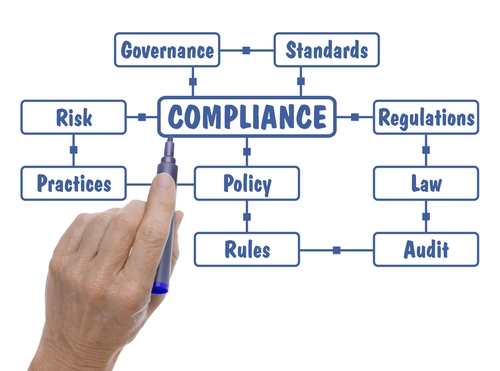Part B Insider (Multispecialty) Coding Alert
Data Analytics Key To the Big OIG Takedown

CMS watchdog used enhanced analysis of Medicare billing to capture 300 fraud offenders.
Whether it’s a simple case of upcoding or a serious abuse of kickback mania, the Office of Inspector General (OIG) and its affiliates are on the lookout for offenders, big and small.
Background. Last week, in an unprecedented sweep that spanned 36 judicial districts, the Department of Health and Human Services’ (HHS) OIG charged over 300 defendants in a variety of Medicare and Medicaid hustles. It was the most expansive fraud takedown in history with the total cache of improperly billed services reaching approximately $900 million.
“Takedowns protect Medicare and Medicaid and deter fraud—sending a strong signal that theft from these taxpayer-funded programs will not be tolerated. The money taxpayers spend fighting fraud is an excellent investment,” the OIG said in a June 2016 news release, “For every $1.00 spent on health care-related fraud and abuse investigations in the last three years, more than $6.10 has been recovered.”
Top Offenders
From top to bottom, the OIG covered all the bases, striking down every fraud offender in its path. With 301 offenders total, both criminal and civil actions were pursued by over “1,000 law enforcement personnel” that included federal, state and local officials, including “350 OIG special agents,” the OIG Takedown fact sheet said. Sadly, reports showed that 61 of the defendants were trained medical professionals—physicians, nurses, therapists and more—all caught abusing the system in one capacity or another.
Schemes unmasked. According to the OIG media materials and fact sheet, the allegations centered on treatment and services that were either completely unnecessary or weren’t provided at all. The areas and actions mentioned and detailed in the research included:
-
Home health care
-
Psychotherapy
-
Occupational therapy services
-
Prescription drug fraud
-
Durable Medical Equipment (DME)
-
Kickbacks
Technology Key to Takedowns
With CMS advancements in technology, the OIG was able to harness its extensive research using data analytics to uncover a plethora of fraudulent activity with speed and efficiency.
“Our agents are now able to obtain and analyze billing data in real-time,” the OIG 2016 National Health Care Fraud Takedown factsheet states, “Through our use of data, we are increasingly able to stop fraud schemes at the developmental stage, and to prevent the schemes from spreading to other parts of the country.”
The enhanced data analytics are a boon to the OIG’s law enforcement efforts and mark a turning point for the group. Moving forward, these cyber strengths will surely stamp out both civil and criminal Medicare abuse before it starts.
Resources: For a look at the OIG news release about the June 2016 Healthcare Fraud Takedown, visit https://www.justice.gov/opa/pr/national-health-care-fraud-takedown-results-charges-against-301-individuals-approximately-900.
For links to the OIG 2016 National Health Care Fraud Takedown factsheet, graphs, pictures, and more, visit http://oig.hhs.gov/newsroom/media-materials/2016/takedown.asp.
Related Articles
Part B Insider (Multispecialty) Coding Alert
- Part B Statistics:
Where Do You Fall in the Value Rank Of Podiatry?
Palmetto advises with CBR to help you compare yourself to your peers. Have you ever [...] - Compliance:
Data Analytics Key To the Big OIG Takedown
CMS watchdog used enhanced analysis of Medicare billing to capture 300 fraud offenders. Whether it’s [...] - Nail Debridement Logs Appx. 50 Percent Error Rate
Despite its prevalence, nail debridement continues to be a source of coding confusion for Medicare [...] - Confused About Kickbacks and Self-Referrals?
Here’s a quick overview to keep you compliant. As the OIG cracks down on fraud [...] - Part B Coding Coach:
Pediatric Coding: How Do Your Results Compare To Other Pediatricians?
Use benchmarking tactics to determine your financial potential. Most pediatricians know that benchmarking can help [...] - Physician Notes:
HHS Offers MIPS Assistance To Small Practices
In an effort to reach out to the little guy, the Department of Health and [...]




